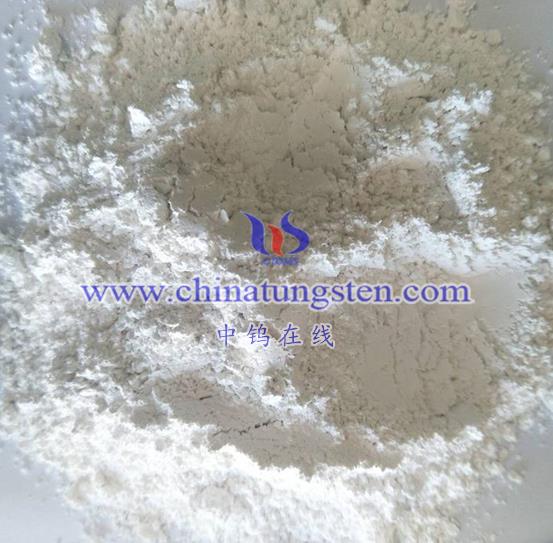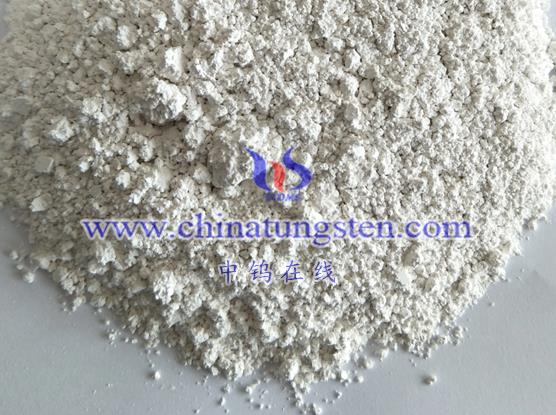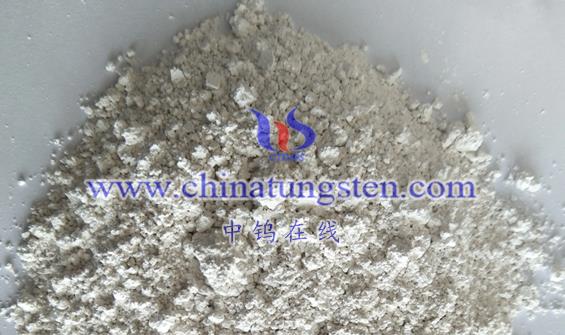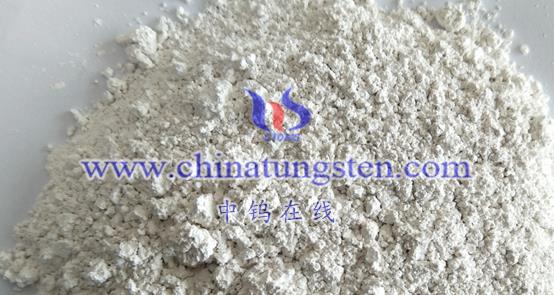
The bulk density of tungsten oxide, also known as loose bulk density, refers to the mass of tungsten oxide powder per unit volume when the powder is in its natural, uncompressed state. This parameter reflects the degree of packing and void ratio between powder particles and is an important physical property of powder materials.
Bulk Density Calculation:
- Definition: It is the ratio of the mass of the powder to its volume, including the voids between the particles.
- Measurement Methods: Bulk density is typically measured using specialized equipment and methods such as the funnel method, vibration method, or gas displacement method. By measuring the volume and mass of the powder under specific conditions, its bulk density can be calculated.
Key Factors Affecting Bulk Density:
- Particle Shape: The shape of the particles significantly affects bulk density. Regular shapes (e.g., spherical) tend to pack more densely with fewer voids, resulting in higher bulk density. Irregular shapes (e.g., flaky or needle-like) may lead to lower bulk density due to increased voids.
- Particle Size and Distribution: The distribution of particle sizes can influence bulk density. A uniform particle size distribution typically results in a more compact and dense packing structure, whereas a wide distribution can increase the amount of voids.
- Surface Properties: The surface characteristics of the particles, such as roughness and surface energy, can affect how particles pack together. Rough surfaces might create more inter-particle friction, leading to higher bulk density, while smooth surfaces might lead to less dense packing.
- Packing Method: The method used to pack the powder also impacts bulk density. Techniques like tapping, vibration, or settling can change how densely the powder is packed.
Applications and Considerations:
- Industrial Use: Bulk density is a common indicator used in powder metallurgy, ceramics, and chemical industries to assess powder flowability, fillability, compressibility, and the performance of final products.
- Comparative Analysis: Bulk density is not the true density of the powder material but rather the apparent density in its packed state. When comparing different powders, it’s essential to consider how particle shape, size, and distribution affect bulk density.
- Practical Implications: The bulk density of tungsten oxide can influence various aspects of its application:
- Coatings and Films: For applications such as coatings or films, powders with appropriate bulk density ensure uniformity and density of the final material.
- Catalysis: In catalytic processes, the bulk density can affect the activity and stability of the catalyst.
Summary: The bulk density of tungsten oxide is a critical parameter in determining how the powder will behave in different processes and applications. It provides insight into the packing efficiency and can impact the performance of the material in various applications. When selecting and using tungsten oxide powders, the appropriate bulk density should be chosen based on the specific application and requirements.
More details of tungsten oxide product, please visit website: tungsten-oxide.com
Please contact CHINATUNGSTEN for inquiry and order of tungsten oxide:
Email: sales@chinatungsten.com
Tel.: 86 592 5129595









